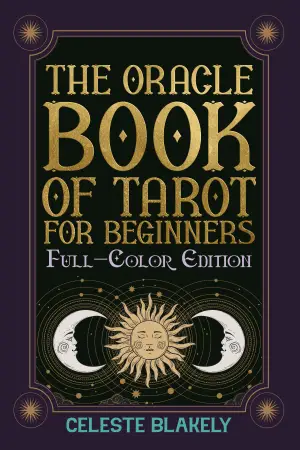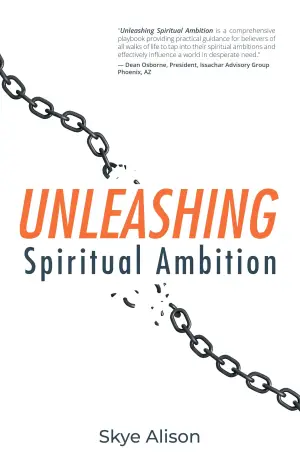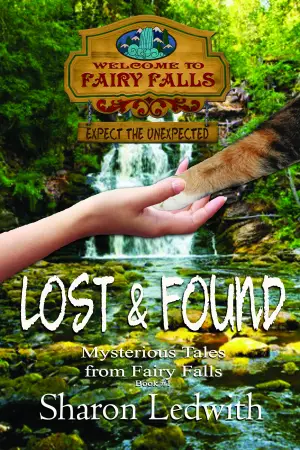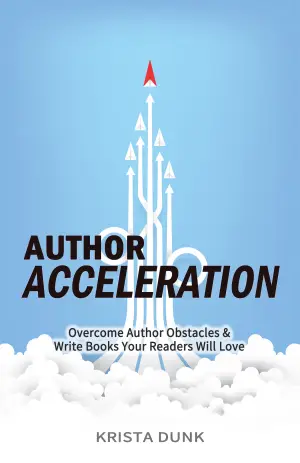Rediscovering The Great Gatsby: A Journey Through Time and Light
When I first cracked open Fitzgerald’s The Great Gatsby, I was immediately drawn in by the promise of something timeless. There’s a mystery wrapped in the opulence of the 1920s, a shimmering veil of glittering parties and the hollowness behind the façade. I had always known Gatsby as a cultural touchstone, yet reading it felt like unveiling a long-buried treasure.
At its core, The Great Gatsby is a poignant exploration of the American Dream, wrapped in a narrative drenched in symbolism and vibrant imagery. Nick Carraway, our observant narrator and guide, navigates his way through a world where wealth and social status wield powerful influence. He introduces us to Jay Gatsby, a figure of immense allure and tragic depth, who epitomizes hope and ambition, always reaching for that elusive green light across the bay—symbolic of dreams deferred and the past that haunts us. The poignant line that echoes, "Così continuiamo a remare, barche contro la corrente, sospinti senza posa verso il passato," resonates deeply with Gatsby’s futile quest to reclaim a lost ideal.
Fitzgerald’s prose sings, immersing us in a kaleidoscope of colors and emotions. From the golden hues of Gatsby’s lavish parties to the bleakness of the Valley of Ashes, the landscape of the novel feels vividly cinematic. Fitzgerald hadn’t seen the full bloom of Hollywood yet, but his ability to evoke visual splendor allows readers to feel as if they’re walking through the scenes themselves. Whether it’s the tension in the air during Nick’s description of the first meeting between Gatsby and Daisy or the subtle shifts in Gatsby’s smile—“one of those rare smiles that you encounter only a few times in your life”—we’re enveloped in his world.
Yet, it’s not merely the grandeur that captivates; it’s the profound sense of loss embedded within the narrative. Gatsby is a modern-day knight errant—pursuing his grail, which in this case is Daisy Buchanan, and ultimately, the love and acceptance that have eluded him. The stark reality of the American Dream’s corruption emerges through the layers of illicit wealth and moral decay surrounding him. This disconnect felt painfully reflective of contemporary society, reminding me that dreams can sometimes lead us astray.
The book isn’t simply about glamour and despair; it’s also about the narratives we construct around ourselves and the often distorted realities we inhabit. Fitzgerald’s exploration of perspective through Nick, an unreliable narrator who oscillates between participant and spectator, invites us to examine the truth lurking beneath the surface.
If you haven’t yet traversed the pages of The Great Gatsby, I encourage you to do so—especially if you’re drawn to rich tapestries woven from hope, dreams, and stark realities. This work endures because it speaks to the shared human experience of longing, loss, and the relentless pursuit of something just beyond our reach. More than just a tale of the Jazz Age, it’s a haunting reminder of the passage of time and the fleeting nature of our dreams.
As I closed the book, I couldn’t help but reflect on the tapestry of my own dreams. Perhaps Fitzgerald’s words remind us that while we strive against the current, it’s the journey and the connections we forge along the way that truly matter.






